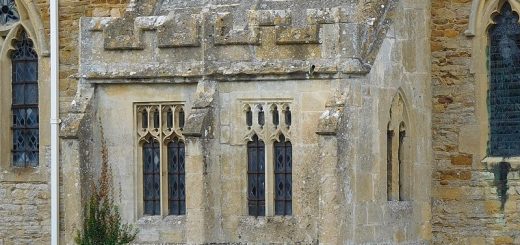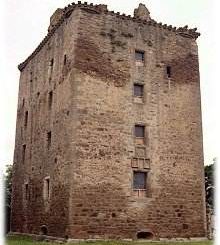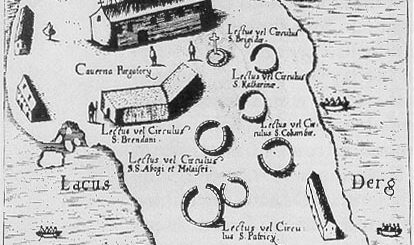Hoo St Werburgh Witch Buried
On 14 March 2009 a funeral service and burial was held at Hoo St Werburgh parish church for the remains of a suspected witch, buried seven centuries ago and discovered in an archaeological dig in 2007. On 3rd March 2009, The Daily Mail printed the following article entitled ‘Teenage ‘witch’ decapitated 700 years ago to be given Christian funeral service.’
‘The medieval remains of a teenage girl who may have had her head cut off for being a witch are to be given a Christian burial and funeral service at the request of a vicar.
 The decapitated remains, believed to be around 700 years old, were uncovered two years ago on unconsecrated ground.
The decapitated remains, believed to be around 700 years old, were uncovered two years ago on unconsecrated ground.
The girl’s head was tucked next to her body, leading experts to surmise that she had killed herself or been executed for a crime such as witchcraft.
It is thought her head may have been removed as a punishment, as it was believed decapitation would prevent eternal life.
The find, next to Hoo St Werburgh parish church, near Rochester, Kent, was made by archaeologist Dr Paul Wilkinson, director of the Kent Archaeological Field School, following a request by a property developer to investigate the site prior to building work.
When the vicar of Hoo, the Rev Andy Harding, heard about the discovery recently he requested that she be reburied in the main churchyard instead of being left in archives.
Rev Harding said: ‘We don’t know exactly what happened to her but what we do know is that her life came to an horrific end and even in death she was treated appallingly.
‘When I found out about it, I thought it was a tragic story and I felt a need to give her what had clearly been denied to her all those years ago, and that is a proper burial.
‘We want to put her back where she should have been when she first died, and we will be placing her with her head on her shoulders as it should be.
‘There was a belief in those days that you were buried facing east so that you were facing the resurrected Christ but in this case her head was removed to prevent her from eternal life.
‘Execution in those days would have been for such things as witchcraft, so if they had gone so far as to take her head off, she would have had to have committed a mortal sin.’
Dr Wilkinson said medieval ditches, pottery and other artefacts were uncovered during excavation of the site, and the body was found during the first phase of the dig.’




Recent Comments